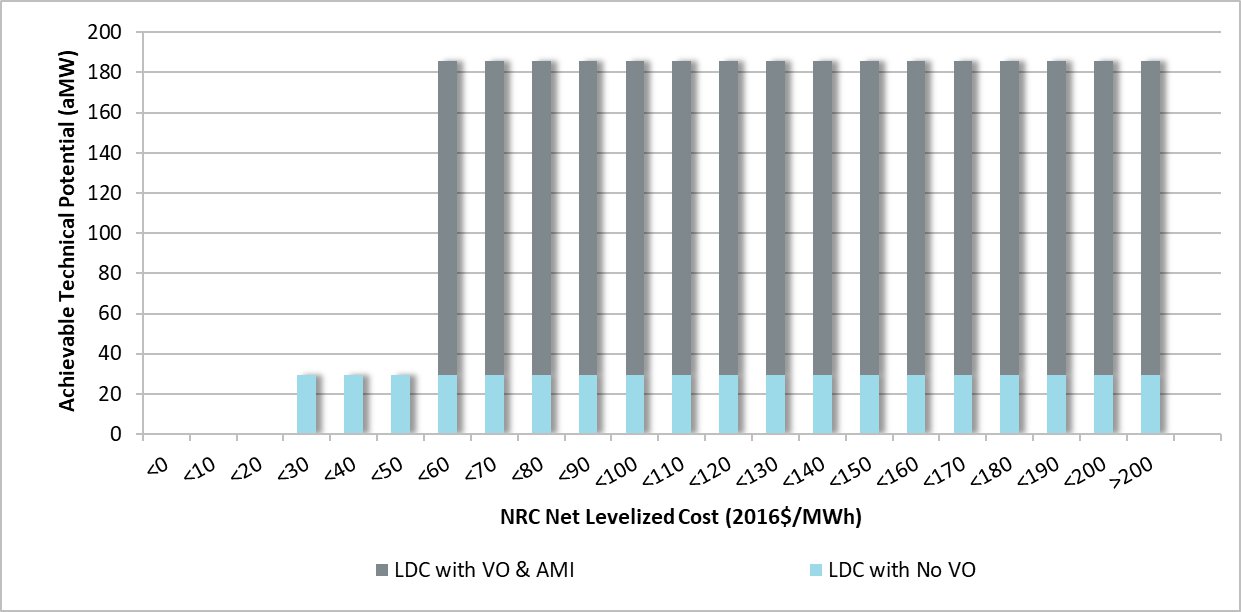The utility distribution system delivers usable electric power from the transmission system to individual consumers in over six million homes and nearly 350,000 businesses in the Pacific Northwest. Distribution substations connect to the transmission system and lower the transmission voltage to a range between 2,000 and 34,500 volts. Primary distribution lines carry this medium voltage power to distribution transformers which lower the voltage to the levels used by lighting, industrial equipment, and household appliances – typically 120 volts for residential service and small commercial service and 240 volts or more for industrial and larger commercial establishments. Power flows from the distribution transformers to the customers via a service drop and an electricity meter. There about 2200 substations in the Pacific Northwest and over 100,000 miles of mostly overhead distributions lines. Voltage drops along the way from substation to end user due to the resistive losses of the lines. Minimizing this voltage drop is a source of energy and demand savings.
Conservation potential is based on regulating voltage on distribution lines within closer tolerances to industry standards and thus minimizing both system and end-use losses. Both energy and capacity savings are produced by measures typically referred to as conservation voltage regulation (CVR). The measures also include upgrading components of utility systems where losses can be reduced. Savings occur on both the utility- and the customer- side of the meter. Customer-side savings are typically greater and are dependent on the mix of inductive and resistive loads of the equipment in homes and businesses. Performing system improvements such as phase load balancing and reactive power management is the largest contributor to energy savings on the utility side of the meter. A 2007 study conducted on behalf of NEEA[1] formed the basis of the conservation potential assessments in the Sixth and Seventh Power Plans. The 2021 Plan savings potential estimates have been significantly updated based on surveys of current utility practices, discussions with distribution engineers at utilities throughout the region, updated costs and revised measures. Three measure classes are used to estimate potential. Additionally, for the 2021 Plan, CVR was extended to a portion of industrial feeders.
The 2021 Power Plan estimates 186 average megawatts of technical achievable potential in CVR measures all of which costs less than $60 per megawatt hour. In addition to providing energy savings, distribution system efficiency measures also provide peak savings of about 225 megawatts in winter and 226 megawatts in summer[2].
Distribution System Efficiency Supply Curve

[1] Leidos (formerly RW Beck). (2007). Distribution Efficiency Initiative.
[2] As estimated by impact during 6pm weekday in winter or summer.



